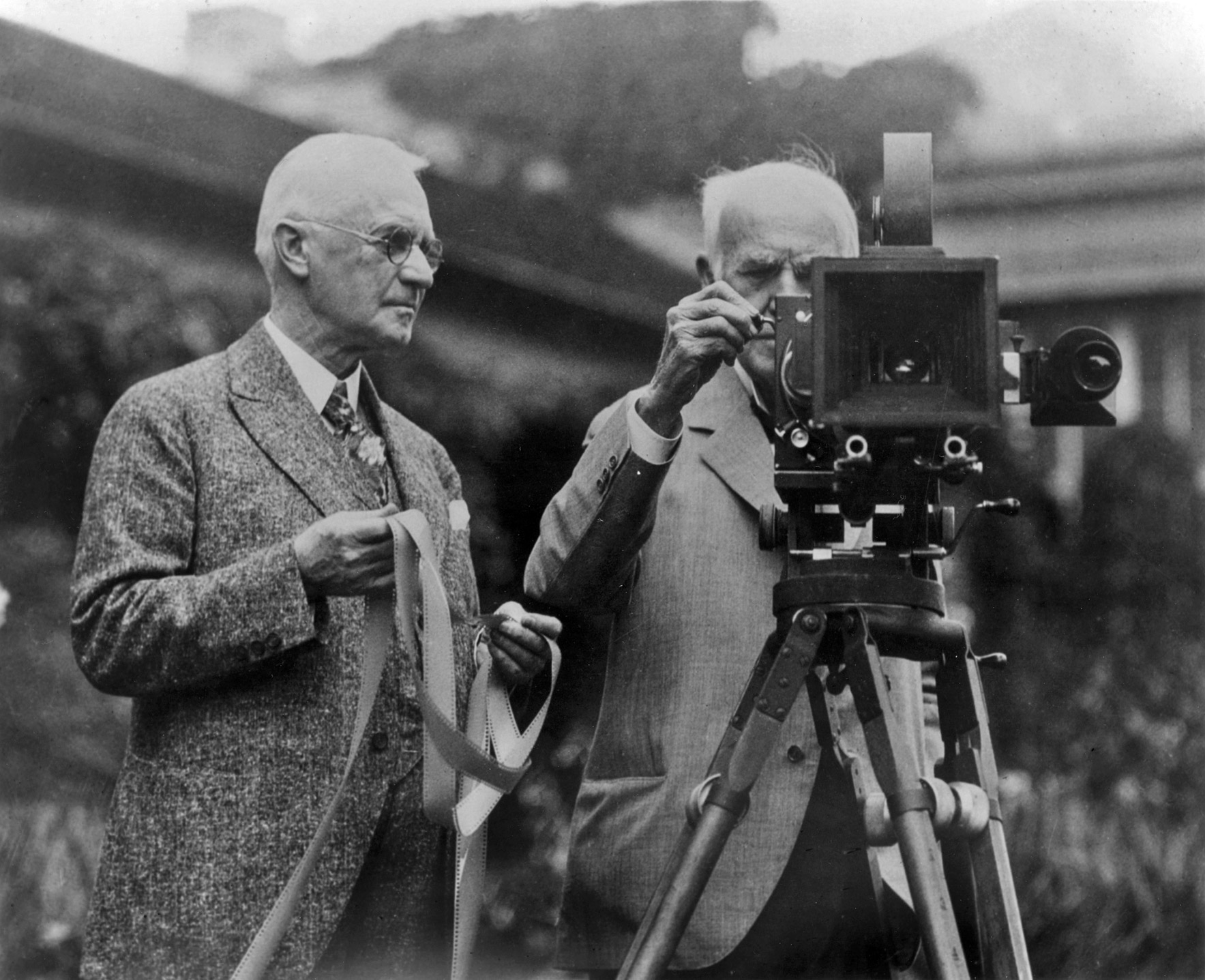Kodak is responsible for the accessibility and simplicity of the photo production process and for many years has been the market leader in film and chemical for image revealing. Learn more about company history:
Kodak’s birth manager was George Eastman, born in 1854 in New York, United States, who dropped out of school at age 14 for, among other reasons, helping the very precarious economic situation of the family. .
- Eastman’s first job as a teenager was as a courier at an insurance company.
- The salary was three dollars a week.
- Money was scarce.
- But he managed to save enough to start the photographic business.
- Eastman’s own reports indicate that the first years of trying to establish themselves in the photography market were the most difficult in the new entrepreneur’s life.
- But these were no reason to retire.
It was in 1880 that George Eastman rented the third floor of a building in the city of Rochester with all its economy, there he began to manufacture dry plates for cameras for sale, was the Kodak embryo, Eastman also worked with the development of emulsions and images, but it did not work. He decided to go to England, where studies and experiments with photographs were strongest, to find out what the problem was and, only then, it was possible to improve the work.
The goal of his photographic inventions and services was to develop products that simplify photography. The goal of his new company, which would become the great Kodak, was, for example, to find a lighter material to replace the glass in photographic plates. He used, for example, a roll of paper for this. In 1885, following the development of this technique, Eastman announced that the premature Kodak had created a sensitive functional film? Lighter and cheaper?, Which would be the new replacement for glass plates. With film, photos were sharper as the grain of the paper was reproduced in the images, eliminating the professional effect of photos. Even so, the film often did not support emulsion and Eastman reinvented it: he covered it with a layer of soluble gelatin and another layer of light-sensitive insoluble gelatin. Once exposed and developed, the gelatin that was with the image peeled off the paper and Eastman varnished it to last. While the original idea of the films was to please the public, the photographers did not transition from the material and many continued to use the traditional heavy glass plates. Eastman had to take another course at his company to reach the photography public.
The solution was to create a new type of camera, the first Kodak camera, which bore the same name as the brand, was introduced to the market in 1888 and is considered the world’s first compact camera. Light and small, the carry roller had a capacity of 100 exposures. The price, also affordable: already loaded, with case and strap, Kodak cost $25.
Another change in the world of photography provided by Kodak was that when the 100 exposures were over, the photographer could bring the roll to Eastman and his company, they would develop the photos and put them on a new roll. Just for $ 10. This prompted more people to enter the world of photography because they no longer needed to develop knowledge. According to Kodak’s slogan, at the time, it was “just push the button and Kodak will do the rest. ” Meanwhile, Kodak continued to conduct research and experiments with photographic film. In August 1889, the company launched the first rolls of transparent film. They were made using a nitrocellulose solution on a glass table 66 meters long and 1 meter wide. When the film was dry, it was covered with a sodium silicate substrate to retain the emulsion, which was then fixed with gelatin. The new film was transparent and did not have much grain like the initial films. They served as the permanent basis for the negative image. In 1891, Kodak took over the photographic industry. The company created a transparent film that was not sensitive to light and could be put on the camera by any hobbyist. It was no longer necessary to take the reels of film for Kodak to grow. This is where the brand established itself and expanded into the development and sale of photographic film. The simplicity and accessibility of cameras has also evolved with movies. In 1898, the Kodak folding pocket camera was released. In 1900, it was the turn of the Brownie camera, aimed at children and cost a dollar.
In 1923, Kodak released the first 16mm black-and-white film and portable cinema camera. The film can be charged to the camera in daylight, without damage. As for the video camera, simply take the film roll to Kodak that she delivered ready to be screened at home. In the second decade of the twentieth century, filming and photographing was already easy, thanks to Eastman, who did his best to simplify this art. The entrepreneur was also a pioneer of color photography. The job was responsible for making the color shooting process as simple as when shooting in black and white.
Although Kodak did not recognize its role in creating the digital camera until 2001, it was in 1975 that, in the Eastman Kodak Company laboratory, Steve Sasson created the world’s first digital camera with analog and digital cameras coupled with a Super Camera lens. . 8 The images were recorded on cassette tapes which were then broadcast on television. When the project was launched, Kodak refused to market because, at the time, the company was a leader in the film and chemicals market, and a camera without film It didn’t seem like a good deal. Unfortunately, today, Kodak, like other photographic companies, is fighting for its place in a fully digital market.

